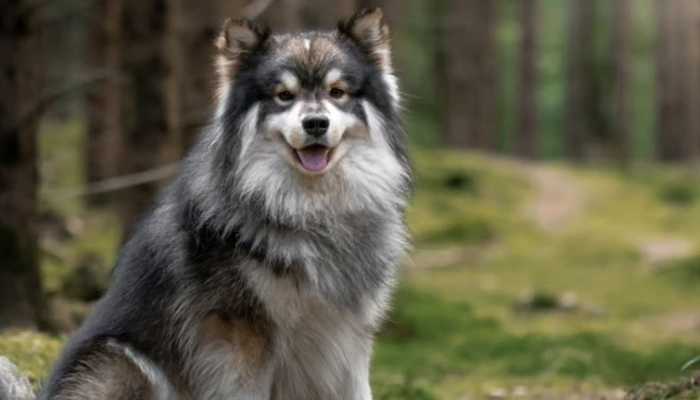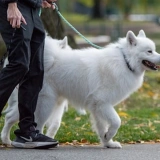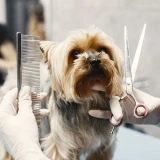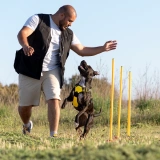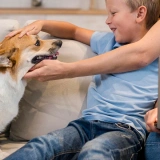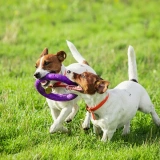Finnish Lapphunds are intelligent, gentle, and eager to work with people. Bred to respond to reindeer movement with quick decisions, they retain a strong herding instinct and excellent situational awareness. While alert and sometimes vocal, they are rarely nervous or hyper.
This breed excels in obedience, agility, rally, and other dog sports. They form strong bonds with their family and are often referred to as “velcro dogs,” always wanting to be near their humans. Positive reinforcement training suits them best, as they’re sensitive to tone and body language.
Their thick double coat sheds seasonally and needs regular brushing, especially during spring and fall. Though they look like heavy shedders, their coat is surprisingly low-maintenance if properly cared for.

